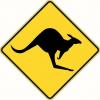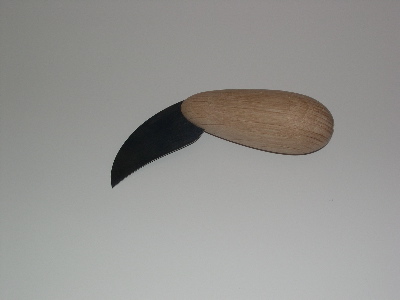
Originally Posted by
Graham Haydon

"I can say, with some confidence, that I made the first dedicated kerfing tool. This was in 2011 - certainly long before Cosman ..."
This was the point I was commeting on, not the method. It's a bold statement and made me roll my eyes.
The separate issue is I don't have to find value or agree with your methods. This does not diminish you or me.
There are too many ways to do a job, you favour your approach as do many others.
Highlighting a highly skilled woodworker and pointing out he used a version of the method and he was not a DH was not needed. I could do the same, but we're all smart enough to try something and review it's effectiveness in our setting. For me it did not help get your point over. Plenty of other people don't use the method and aren't a DH. At best there is lost humour here, at worst a veiled put down.
I enjoy seeing your work and respect your approach and I look forward to more in the future.




 Reply With Quote
Reply With Quote







